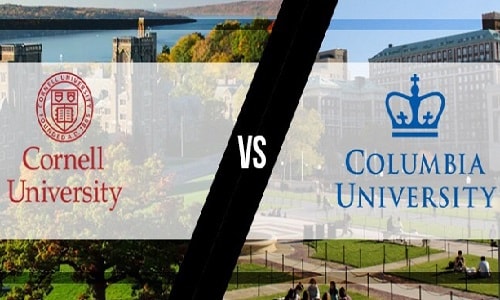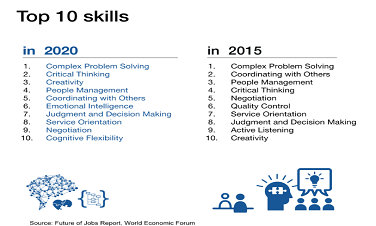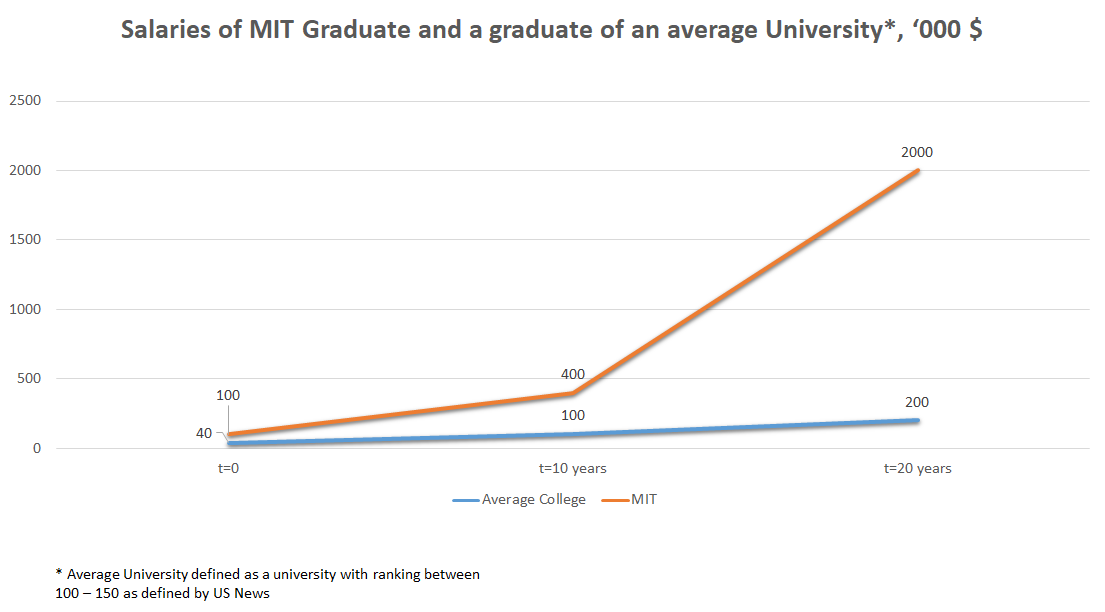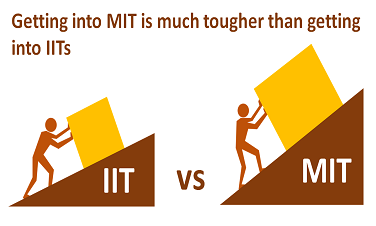What is a Profile?
- Written by UnivAdmitHelp
- Category: Mentoring
- Published on 19 Feb 2021
What is a profile?
What is “profile building”
What are “profile building activities?”
While preparing for further education, starting from probably Grade 9, you might hear guides and coaches say: “You have time, build your profile.”
“Make a strong profile.”
“Engage in some profile building activities.”
What exactly does it all mean, because a profile is not a resume, so what is it?
What is a profile?
Academics, percentages, marks, grades, GPA .. all of these are the base qualifiers for admission to any high profile academic institution. You need at the very least an impossibly high percentage to even be considered in your dream school. But, all the 99.99% candidates seem the same on paper. Grades and numbers are not enough to distinguish your profile from the grades and numbers of everyone else applying as well. How will you set yourself apart? This is what a profile is for. Develop it by exploring:
- What are you really like?
- What are you good at?
- What are your interests?
- Things that spike your curiosity.
- The direction you want your education to take.
All the elements that you use to create this persona come together as “The Profile”. A college application requires a persona of you as a student in order to identify your candidacy.
We have broken the “profile” down into its working categories. They are:
- Academics: The all important, most central aspect of education. (It should not be the case, but that is a discussion for another day!) As everyone says, academics is the first, the second, and the last requirement for further education.
- Extra curricular or co-curricular activities like:
- Debate clubs, Sports, MUN, Drama
- The choice of your activity should set you apart. Even if it is the most popular sport, and you are not the best at it, it is your commitment which counts. Any activity that you pursue with commitment, with rigor and discipline shows up in a most positive way when you begin to create your profile.
- Projects:
- Internships which can validate your expertise or interest. If you are studying statistics or economics, an internship with an actuarial firm or a renowned researcher would mean a lot.
- Short workshops for robotics, or certificate courses on sociology would go towards expressing how serious you are about your chosen subject.
- Camps
- Summer programs can help utilise critical chunks of time! Find out more about the best summer camps.
- NASA internships are open to high school students, and college going students as well.
- Student resume: this is a snapshot of the student on a single page. Read more here to see how to build a striking and cryptic resume.
How can you build your profile?
Profiles are a persona created by a learner, you, which embody your learning styles, motivation, and objectives. A profile is a narrative of your interests and your commitment to those interests over the years. This is why it is a good idea to begin profile building activities from Grade 9 or so. Profile building refers to any activity undertaken to raise public awareness of your expertise, skills, achievements and involvements in order to advance your learning or career trajectories.
But there is a difference between building your profile and filling it up with lists of activities:
- Choosing activities that will look good in your profile because these are the most wanted activities by a peer group.
and
- Choosing activities based on your interest and building those up to create a depth of understanding.
For instance, a student, Disha, is interested in fine arts. For her further education, she needs to create a striking profile which will express her uniqueness and her strength of expression. It should set her apart from all the other students who might apply in the same course. Her current peer group has joined robotics and coding classes, MUN conferences, debate tournaments. What should she choose to help her interest?
Remember the focus of this choice could be multi-pronged:
- One option is to express and hone her existing choices, skill sets, and portfolio. For example: working on her existing sketching skills will improve her level.
- Another option is to add to her existing interests by joining classes / channels similar to her interest. Anime and manga are comics and animation styles from Japan. Exposure to these can help to develop her profile.
- Lastly is to develop her interests. For this she could join:
- MUN conferences if she is interested in global events
- Drama productions to add another facet to her creative side
These, and other options, will ADD a variety and depth to her artistic side. They will give her an understanding of causes which can then find representation in her art.
Work on a profile begins long before you approach the last year of school. Here are a few things you can keep in mind at the beginning of your journey:
- It is essential to discover your interests. These can and do keep changing, but we have to start by exploring them!
- Find yourself a good mentor. A mentor is someone who understands you, and your interests. He also has expert knowledge of the fields of study where you aim to go.
- Start building by undertaking projects, or reading, or participating in competitions at school.
- Absolutely, most importantly, clean up your social media! A social media persona should pitch your portrayal as a dynamic candidate with a unique depth and rigor that anyone would be lucky to count amongst his own.
Further Reading:
Recent Posts
-
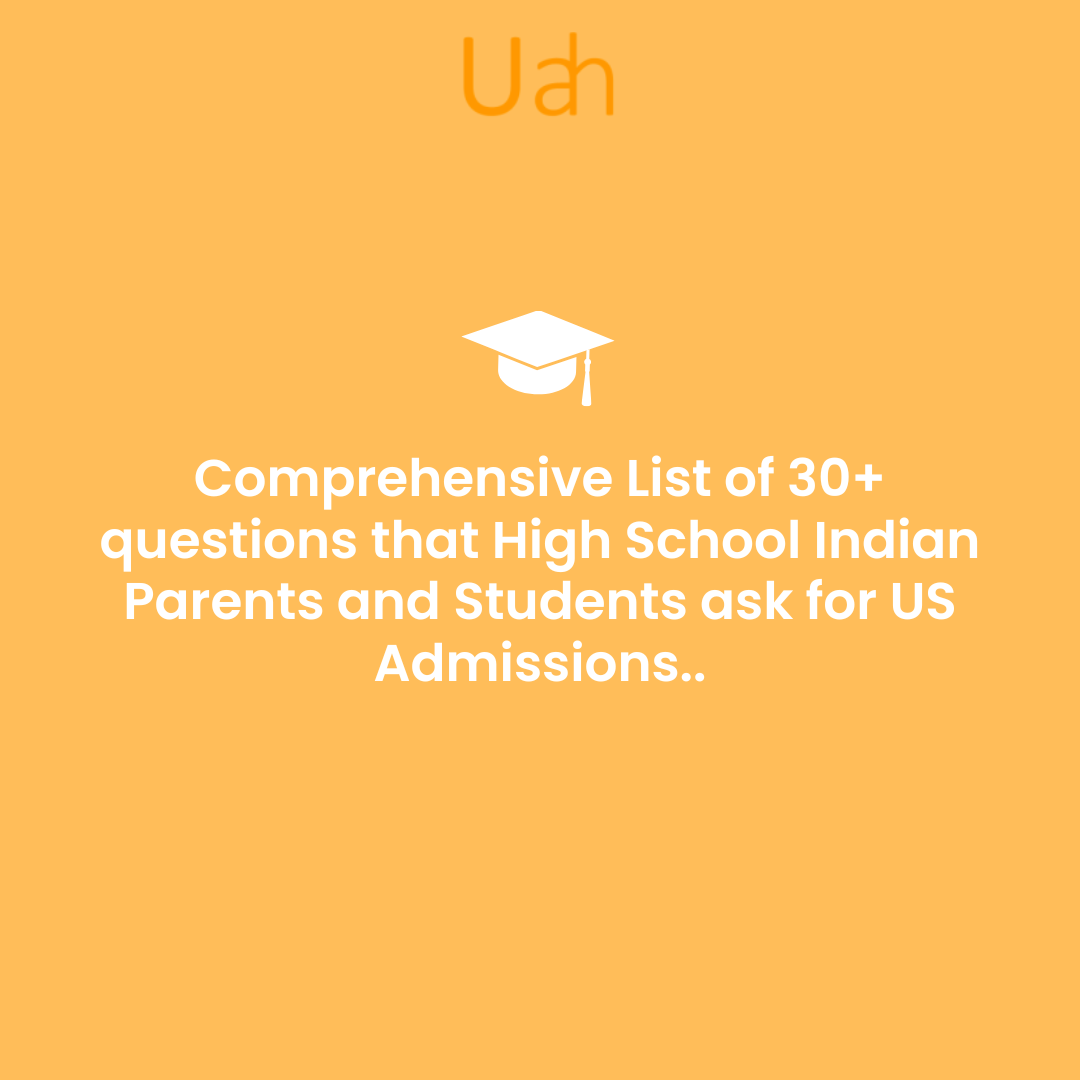
Comprehensive List of 30+ questions that High School Indian Parents and Students ask for US Admissions..
-

Common App Essay Tips 2025
-
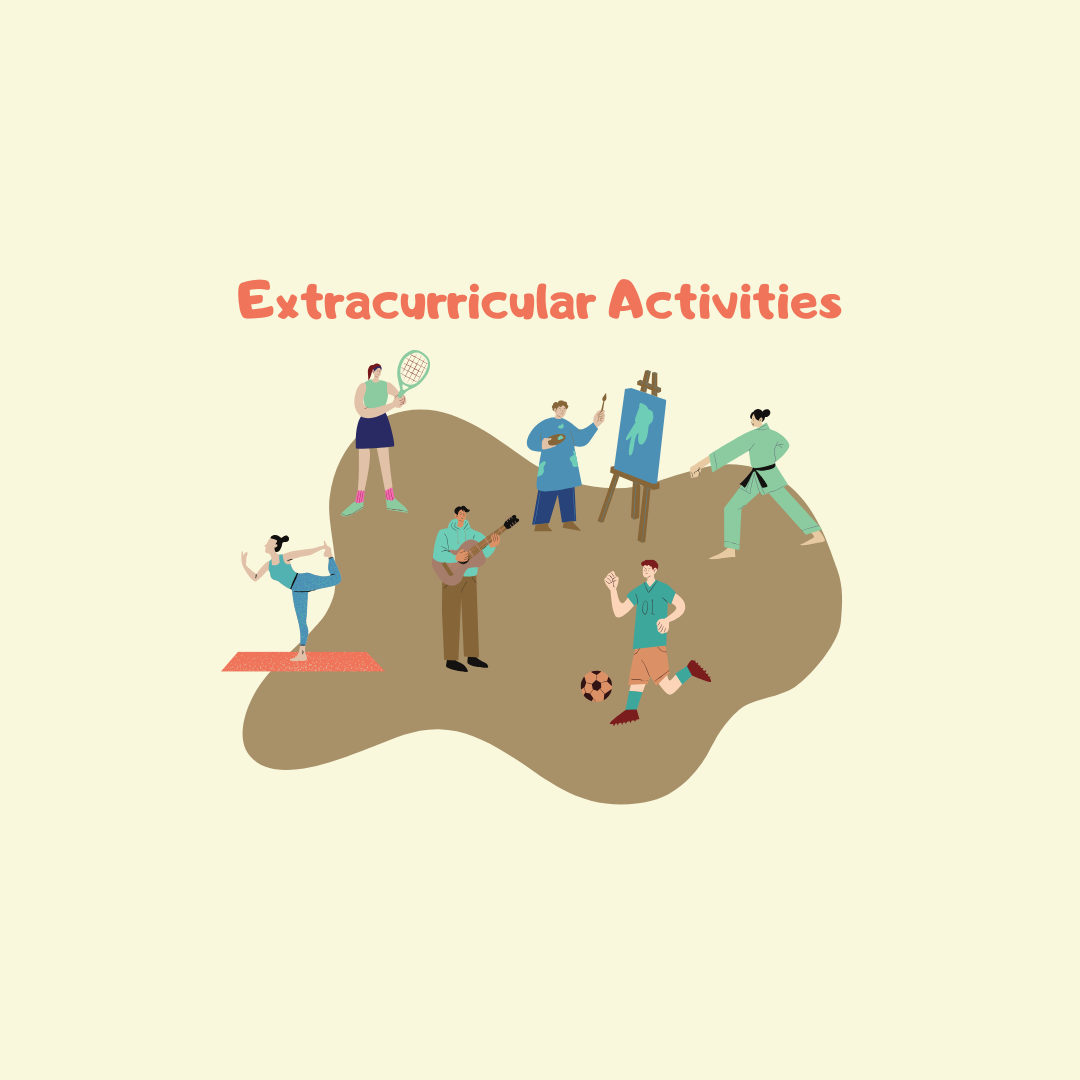
Best extra-curricular activities for college admission for Indian students
-
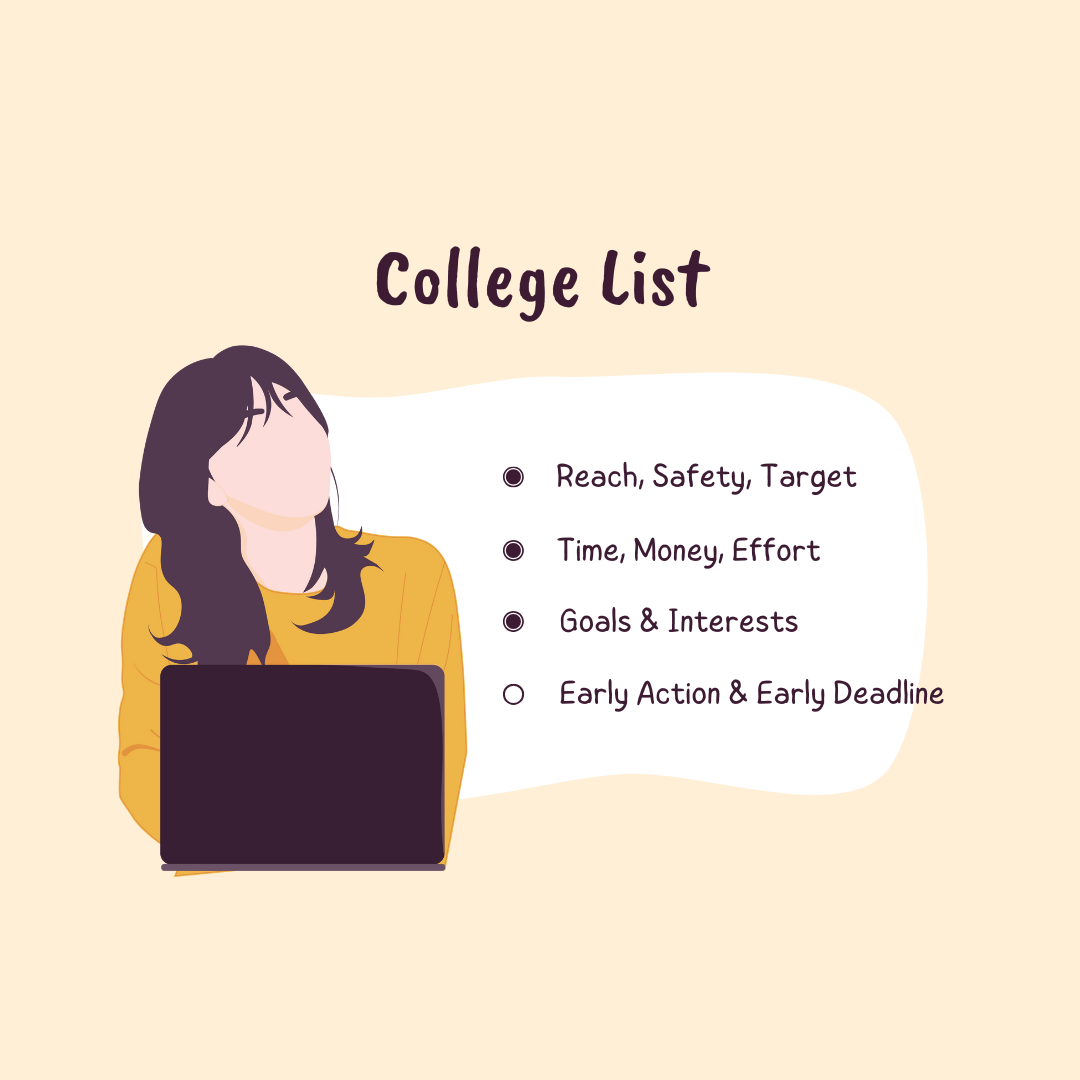
How Many Universities Should You Apply To? Expert Tips for U.S. and U.K. Admissions for Indian Students
-

Step-by-Step Guide to Creating an Exceptional Capstone Project for Indian Students
